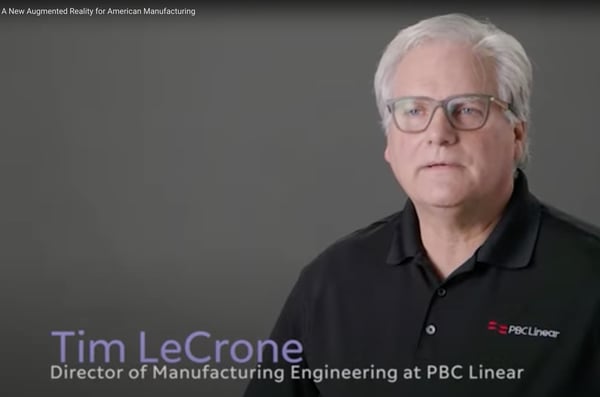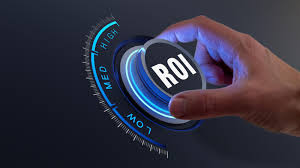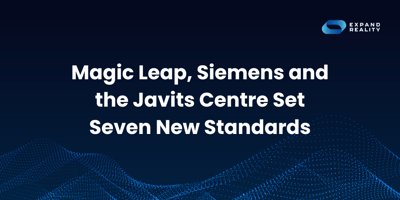At Expand Reality we like to put ourselves in the customers position and explain the offers from...
Magic Leap 2 - Augmented Reality Service Launched
At Expand Reality, we like to put ourselves in the customers position and explain the offers from different market leading manufacturers in ways the audience will understand, starting with the Why?
Why am I or should I be interested in Augmented Reality solutions?
As we asked ourselves the same questions, here are four reasons that might just resonate:
- Cut the time it takes to complete a project by 90% - Lockheed Martin.
- Save 90.7% on training new employees in complex industrial machinery - PBC Linear.
- Cut air miles, travel costs and increase Senior Engineer productivity 10 X - CH Four Biogas.
- Increase CSR, green credentials, reduce carbon footprint.
How you can achieve these stunning numbers, any board member will sit up and pay attention to, is by looking at the market leaders in Augmented Reality, like Magic Leap 2.

Whilst the device looks a bit space aged the principle is very simple:
- See digital information at the same time as being able to see the real world.
- In PBC Linear's case this allowed machinists to learn the machine following training instructions in the Magic leap screen without:
- Needing a full time trained technician to guide them for 6 weeks.
- So the new. solution with the machinist apprentice being guided by Magic Leap fed instruction - required 1 day of supervised training.
- The economies are easy to see:
- Each new apprentice required 1 day of supervision not 30 days (6 weeks).
- The new apprentice required less training manager time.
- The existing highly trained machinist saved 29 days lost productivity per apprentice.

Tim Le Crone, the manufacturing director, was impressed as the Magic Leap device cost $4,000 and they saved $19,200 per apprentice in training costs alone, ignoring the wastage economies a 5.7 x Return on Investment.

The Augmented Reality Service
The service is equally simple, walk customers through the 5 steps we have found help customers understand the technology and how it will help them in their use case.
Here are the 5 steps summarised below...
.png?width=600&height=1500&name=Augmented%20Reality%20(1).png)
Ultimately the best way to achieve the 5 steps is to organise a test drive of the technologies
Here's what we think helps bring the solutions to life - Case Studies - Other customers who have adopted the technology:
-
What their challenges were
-
How the HoloLens 2 for example, can reach, meet and deliver on those challenges.
Magic Leap 2 Case Studies

You can see the case study on "Magic Leap & PBC Linear" on YouTube.
Each Case Study tackles a different use case that we hope bring the Why? into focus rather than blind you with this feature and that jargon.
Magic Leap 2 - What you need to know?
We have tried to give you as much information in one place without overwhelming you in your early curious stage of discovery. See Below.
Magic Leap 2 FAQs
Then give you reference sources to answer those very simple questions you may want to know, forgot to ask, or simply get asked by a stakeholder when your pitching the project. There are over 30 common Magic Leap 2 Questions answered.
HoloLens 2 V Magic Leap 2
Then we take you through different stages of practical comparison with other market leading technology, so your ready for the "who else have we looked at?" question when it comes, which it frequently does.
You'll Find yourself armed with the key areas where the technologies differ so you can selected the technology that meets your use case.
Magic Leap 2 - Quick Access Centre Click on the images your interested in
To Make Sure You can find anything you missed each image below takes you to the sections of the service you may find useful. Feedback welcome.






